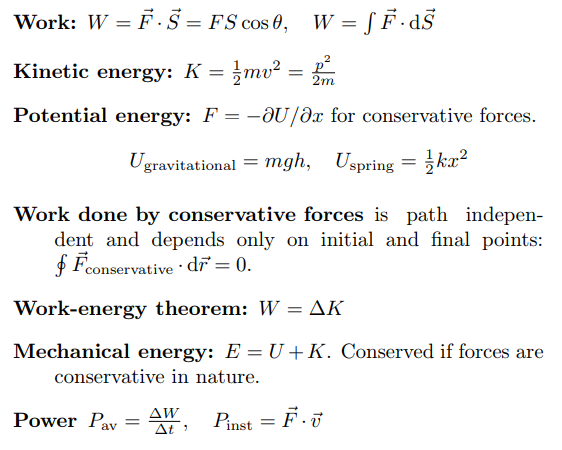

Machine are usually described by its power rating, the higher the number the more powerful the machine.Work done is defined as “the amount of energy transferred when a force causes an object to move”. According to the work-energy principle, the total work done by all the forces acting on a particle is equal to the change in kinetic energy of a particle. ui the initial velocity of an object measured using m/s. v the final velocity of an object measured using m/s. Power is measured in Watts, which is Joules per second, or ergs per second. The work done on a body by applying force is equal to the change in kinetic energy of the body. W the work done by an object measured using Joules. When calculating the real power consumption of an electrical device, it is essential to measure the voltage applied and the current consumed, taking into account the power that is dissipated in the circuit.Įnergy is usually measured in Joules, the other units include ergs and calories. To lift an object through a vertical height, work needs to be done against a gravitational field. Since power is energy per unit of time, in theory it can be calculated after measuring the energy used per second. This again is calculated from the work equation. Formula: Difference Between Power and Work Now, let us look at the formulas that differentiate work from power. Energy generated can be stored whereas power cannot. The methods involves using a calorimeter, which measures the heat absorbed or released in chemical reactions or physical changes, thermometer, which measures temperature or bolometer that is employed to measure the intensity of radiation.

Power cannot be converted or transformed.Īlthough it is not possible to directly measure energy, the work done can be defined and measured. For instance, a battery converts chemical to electric energy, chemical explosion converts chemical energy in to kinetic and thermal energy and so on.

The SI unit for power is the watt (W) or joules per second (J/s). In SI (international system) units, the unit of force is the Newton (N). Power is the time rate of doing work or the rate of energy conversion. When work is done by something, it loses energy when work is done on something it gains energy. Various devices can be used to convert one form of energy into another. The work is the product of the force and the displacement. Energy and work When a force causes a body to move, work is being done on the object by the force. For instance potential energy is dependent on the position of the object, whereas kinetic energy is the energy required to accelerate an object to a particular speed, and so on.ĭifferent forms of power could be electric power, which is the rate at which electrical energy is transferred by a circuit, human power, and optical power. This is the amount of work required to lift the block straight up at a constant speed, so once again the simple machine trades extra distance for less force to get the same work. The form of energy is dependent on the frame of reference, and can be transformed into other forms. When we multiply the force by the distance to get the work done, we get: (3.6.3) W F d ( m g sin ) ( y sin ) m g y. So electrical energy (the work done) is obtained by multiplying power by the time in seconds that the charge (in the form of a current) flows. Calculate power using either energy or work done. In these lessons, we will Describe what is meant by power.
#Power energy and workdone series#
These include kinetic, potential, thermal, gravitational, electromagnetic, sound, light and elastic. Power and Work Done A series of free GCSE/IGCSE Physics Notes and Lessons.


 0 kommentar(er)
0 kommentar(er)
